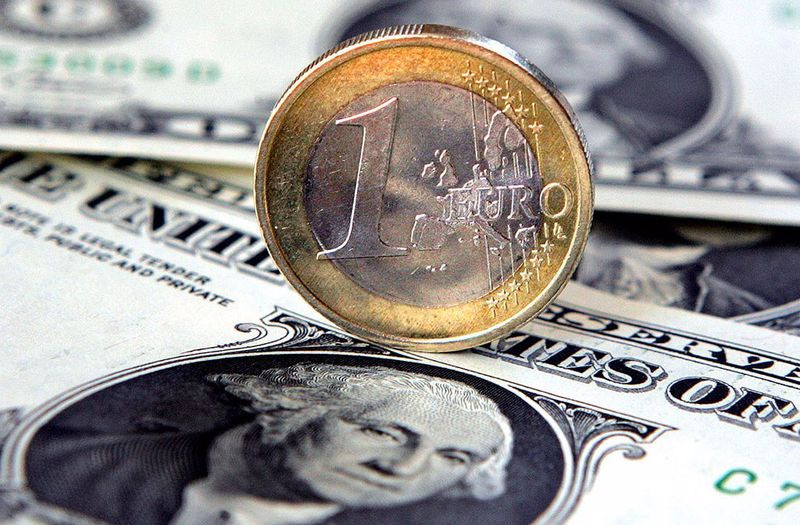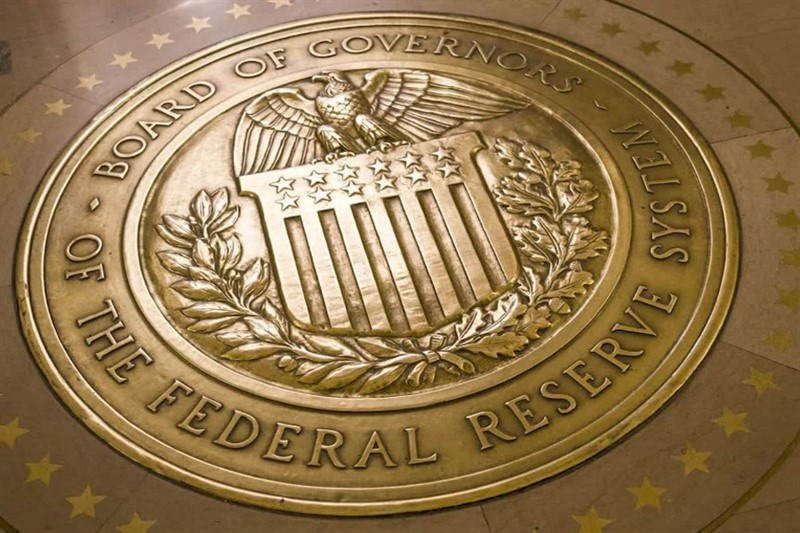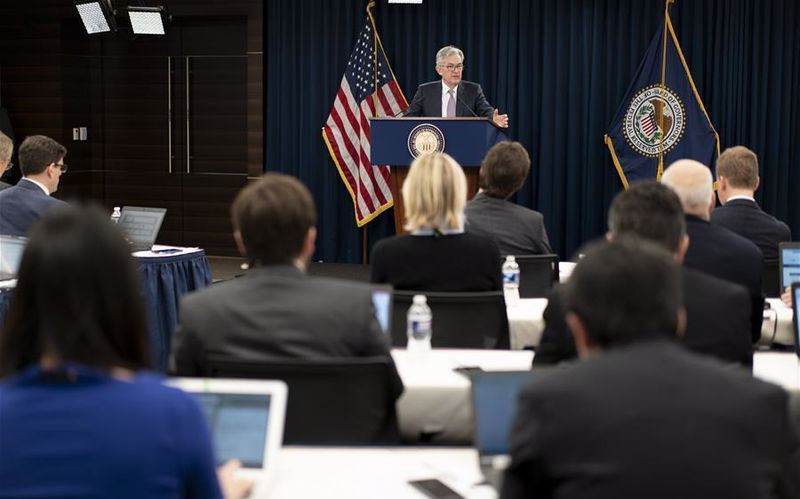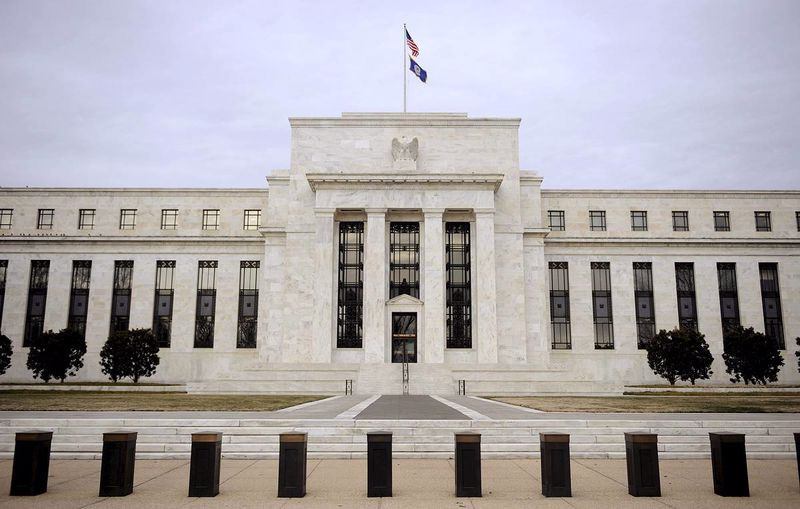
The EUR/USD pair spent most of last week in a narrow range (1.1400-1.1460), changing within 60 points.
Investors were waiting for the release of the monthly report on US inflation, continuing to evaluate corporate reports coming from the United States and enjoyed the relative stabilization of world markets.
However, on Thursday, this calm was interrupted by a tsunami that swept through global markets.
The January report on the US consumer price index published on this day turned out to be more "hot" than expected.
The indicator increased by 0.6% on a monthly basis against the projected 0.4% and rose by 7.5% year-on-year against the preliminary estimate of 7.3%.
These figures have raised fears that the US central bank will be forced to act even more aggressively than previously thought in order to curb the raging inflation in the country.
As a result, the S&P 500 index fell by 1.8%, and the VIX, the so-called "Wall Street fear index", rose by almost 20%.
The president of the St. Louis Federal Reserve, James Bullard, added fuel to the fire. He said he would like to see the federal funds rate increase by 100 basis points before July 1. This means that if the rate hike occurs at a scheduled meeting, then at one of the three meetings before the specified date, an increase of 50 basis points should occur.
Also Bullard would like quantitative tightening to begin in the second quarter, and even put forward the idea of extraordinary actions between meetings.
"There was a time when the FOMC could react to something like this with an unscheduled meeting and an immediate rate hike of 25 basis points. I think we need to be more flexible and take into account such things," he said.

It was somewhat curious to observe that the sharp rise in the US dollar after the release of the January inflation report quickly faded, and the greenback actually sold off to new local lows, before later strengthening against the background of hawkish statements by the president of the St. Louis Federal Reserve and a member of the FOMC with voting rights James Bullard, Saxo Bank strategists note.
After the release of US inflation data on Thursday, which updated records for 40 years, the USD index initially jumped to 95.76, then sank to 95.17, after which it recovered to 95.66, increasing by about 0.6% at the end of trading.
The EUR/USD pair held positions during the first half of the day, trading around 1.1420-1.1440.
After the release of the figures on US inflation, it rolled down, but having rebounded from the level of 1.1374, it soared up by almost 120 points to 1.1494. Then the pair changed course again by 180 degrees and ended the session at almost the same level from which it started - around 1.1425.
After a very volatile session on Thursday, the greenback finally overcame its recent consolidation mood and on Friday showed a tendency to end the week with growth. Dollar bulls switched their attention to the 96.00 mark, which eventually submitted to them.
The protective dollar remained in the foreground as investors continued to get rid of risky assets.
Traders' lingering concerns about accelerating inflation and the prospect of the sharpest Fed tightening cycle since the 1990s put pressure on the US stock market on Friday.
As a result, the S&P 500 index closed in the red for the second consecutive day, falling by 1.9% to 4419 points.
Historically, the US stock market shows better dynamics during periods of stimulating monetary policy than during periods of tightening, and the decisive factor is usually not the cumulative number of rate hikes in the cycle, but their speed. In other words, the faster rates rise, the greater the pressure on the S&P 500.

At the moment, futures for the federal funds rate take into account in quotes 1.54 of its increases by 0.25% until March 31, 6.3 increases by 0.25% (up to 1.60%) until the end of 2022 and about 2 more increases by 0.25% (up to 2.04%) until the end of 2023. That is, it is assumed that in the next two years the federal funds rate will grow faster than during the 2015-2018 cycle.
Goldman Sachs strategists expect the Fed to raise the rate seven times before the end of the year, that is, at each meeting. They warn that if inflation remains high and forces the Fed to raise the rate faster, the S&P 500 index will drop by 12% to 3,900 points, or even fall to 3,600 points if the tightening policy of the US central bank pushes the national economy into recession. On the contrary, if inflation declines faster and fewer increases are needed, the benchmark will rise to 5,500 index points, which corresponds to the bank's bullish scenario.
Analysts from Citigroup, Deutsche, HSBC and Nomura predict a 50 basis point increase in the federal funds rate in March.
There is a very strong consensus that the Fed will raise the rate by 50 basis points. This can be done in one fell swoop in March, or in two steps of 25 basis points – first urgently, and then at a scheduled meeting, analysts say Saxo Bank.
On Monday, February 14, the Board of Governors of the Fed will hold an unscheduled closed meeting in the so-called accelerated order. The corresponding message appeared on the Fed's website on Friday, February 11.
There is only one issue on the agenda, namely: consideration and determination by the Board of Governors of the rates charged by the Federal Reserve Banks.
The central banks did not name the reason for the unscheduled meeting. However, rumors immediately spread through the market that the US central bank could go for an emergency increase in interest rates in order to curb out-of-control inflation.
Interestingly, the last time the Fed held exactly the same meeting with exactly the same topic was on November 23, 2015, and three weeks later, on December 17, the federal funds rate was raised by 0.25%, and in the next three years it increased by another 2.00%. The end of this rate hike cycle was marked by the December collapse of the S&P 500, a record since the Great Depression.

Talk of a rate hike at an extraordinary meeting weakened somewhat when the Fed published an unchanged schedule for bond purchases for the coming month, as the central bank had previously stated that it would raise rates only after asset purchases stopped.
Nevertheless, risk flight to safe havens dominated financial markets ahead of the weekend amid renewed concerns that the Fed would scale back stimulus and drain the liquidity that fueled the stock index rally.
At the end of the week, the S&P 500 index fell by 1.8%, and the protective greenback rose by 0.6%. The US currency strengthened against the euro by almost 0.9%.
Having survived a volatile session on Thursday, the EUR/USD pair could not stay afloat on Friday. It sank below 1.1400 and ended the last five days near 1.1340.
The deterioration in risk sentiment helped the dollar attract bulls, while the euro weakened due to the continued divergence in the rates of the Fed and the European Central Bank.
Money markets now expect US rates to rise by 175 basis points by the end of the year and only by 50 bps in the eurozone.
According to ECB representatives, the normalization of monetary policy in the eurozone will be gradual and very smooth, and the rush to tighten may stifle the economic recovery in the region.
Raising the main interest rate now will not reduce record high inflation in the eurozone and will only harm the economy, ECB President Christine Lagarde said on Friday.
Her words contrasted sharply with the comments of St. Louis Fed President James Bullard, who reinforced expectations of an aggressive Fed rate hike.

"If the Fed resolutely presses the monetary brakes, we will certainly give preference to the dollar over such low–yielding currencies as the euro, supported by central banks that have firmly taken a dovish position," ING strategists said.
At the beginning of the new week, the greenback continued to rise above the 96.00 mark, leaving the EUR/USD pair under pressure.
The US currency is still supported by the likelihood of a sharp increase in the Fed's key interest rate against the backdrop of record high inflation.
The dollar is strengthening for the third consecutive session. Currently, the USD index is trading with an increase of more than 0.2%, around 96.30 points.
In case of strengthening of the bullish momentum, the greenback may again visit the area of 96.90, where the highs of November and December 2021 are located. A breakdown of this level may cause a rise to the peak of 2022 near 97.40.
The economic calendar on both sides of the US Atlantic does not include any important releases today, and the main driving force for the EUR/USD pair is the dynamics of the dollar and investor sentiment regarding risk, which remains weak.
The key US stock indexes are mostly declining on Monday, sinking by an average of 0.5%.
Against this background, the EUR/USD pair continues to lose ground, retreating to the area of 1.1300.
The RSI index is now under 40, and the pair is trading below the 100- and 200-day moving averages. This suggests that bears retain control over the situation at the beginning of a new week.
"A break below 1.1400 in the EUR/USD pair last week probably signals that the recent attempt by ECB members to cool the excessive hawkish speculation of the markets on the prospects of monetary policy in the eurozone eventually reached the single currency," ING analysts noted.
"Another break down - below the 1.1300 mark - may strengthen the bearish momentum for EUR/USD if the markets revise down their expectations regarding the ECB's summer policy tightening," they added.
As for the events of the current week, data on eurozone GDP for the fourth quarter, as well as the index of economic sentiment from ZEW, will be published on Tuesday. January reports on retail sales and industrial production in the United States will be released on Wednesday.
On the same day, the minutes from the last Fed meeting will be published, in which investors will look for clues about the future policy of the central bank.
The nearest support for EUR/USD is at 1.1300. If this level turns into resistance, the bears may aim at 1.1250, and then at 1.1200.
On the other hand, the initial resistance is marked at 1.1350, followed by 1.1390 and 1.1440.





















